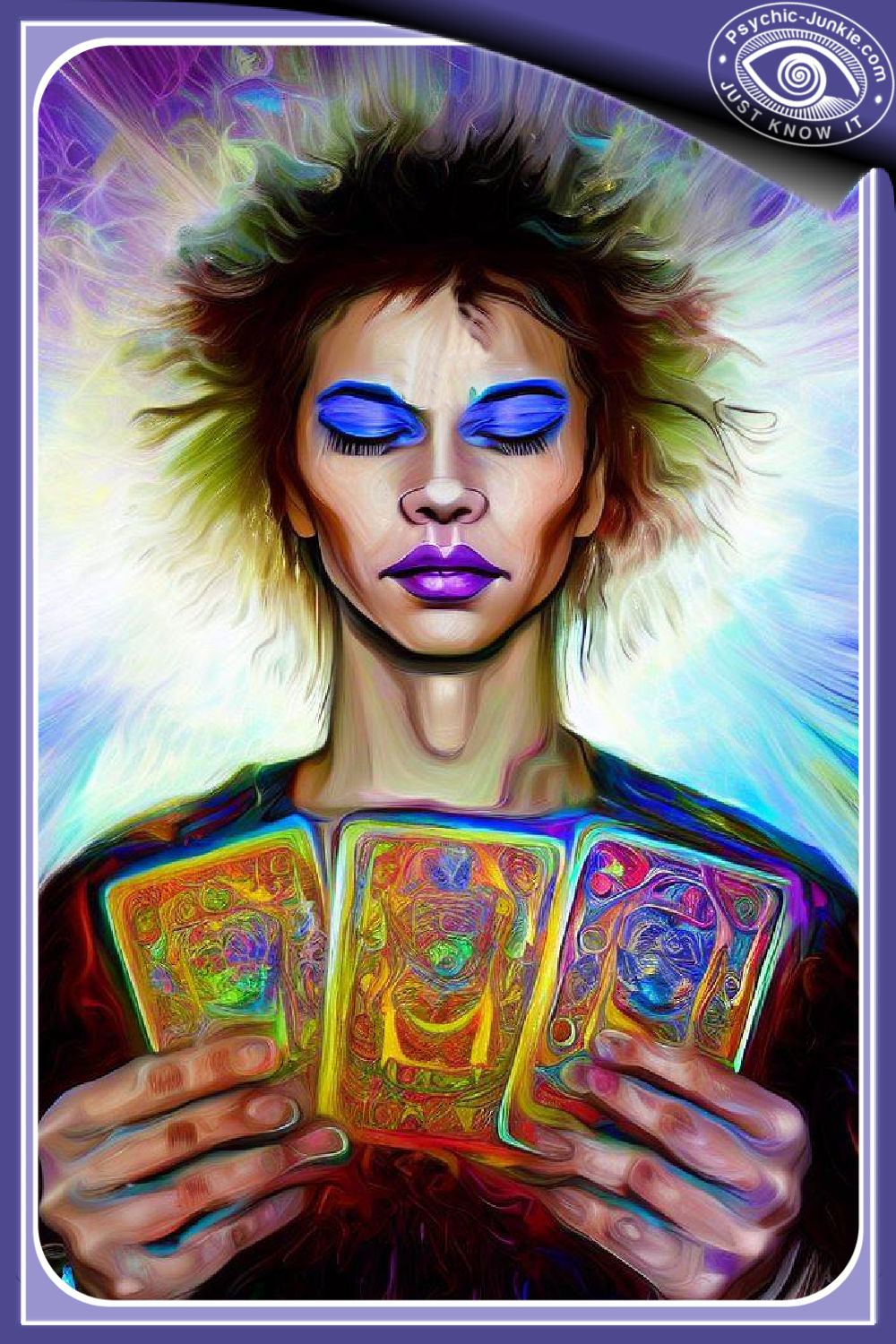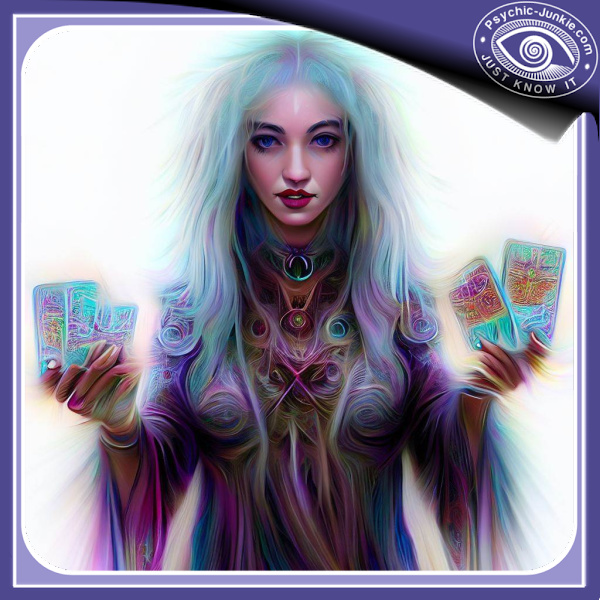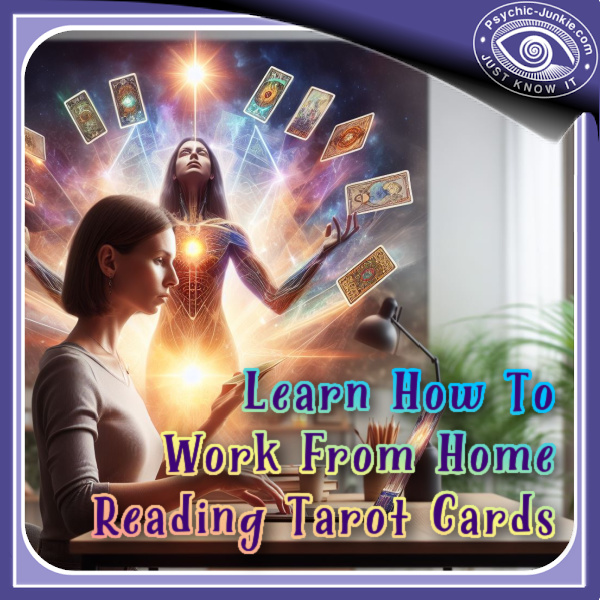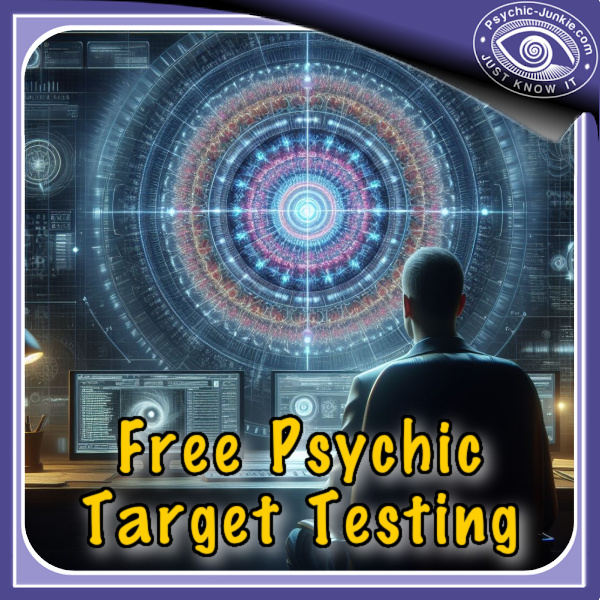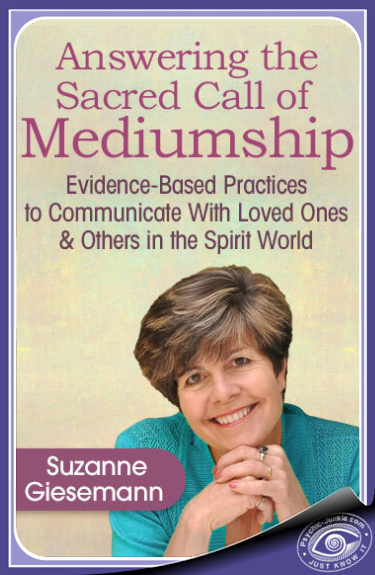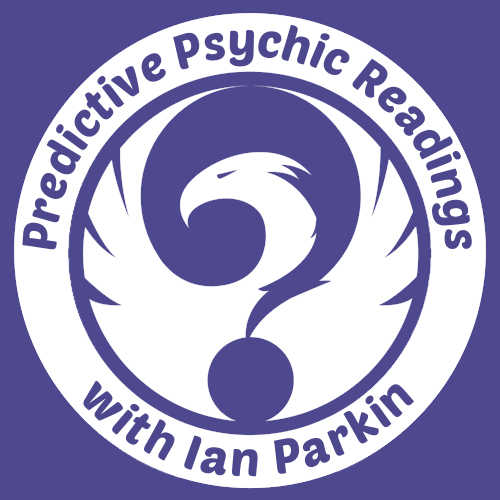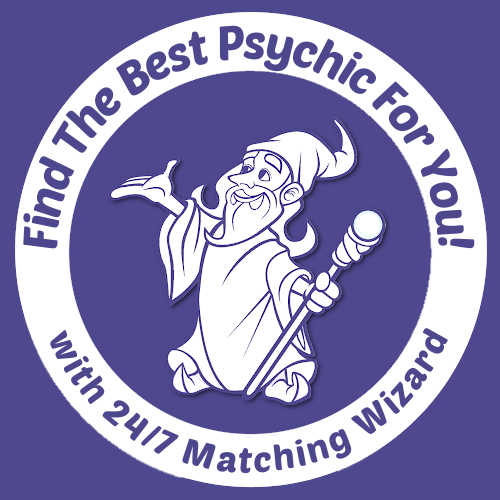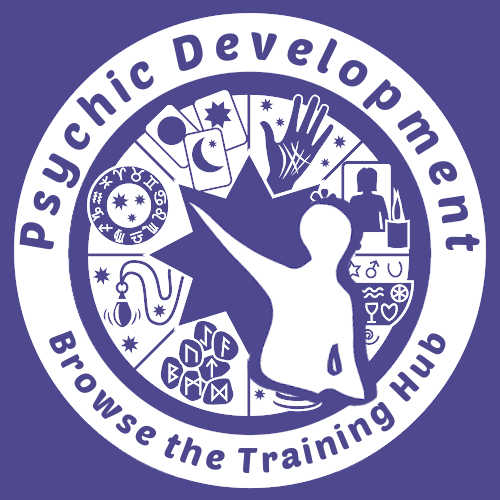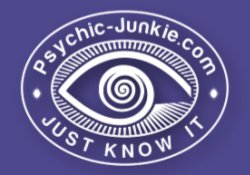- Home
- Tarot Readings
- Tarot Info Wiki
- How to Interpret Tarot Cards
Ian Parkin is the author of this post.
How To Interpret Tarot Cards. Finding The Best Method For You
Of all the recent tarot deck designs, the classic 1909 Rider-Waite deck is the most iconic, no questions asked. Although I am showing you how to interpret tarot cards with this deck, these methods will similarly apply for other packs, the contrast in the design languages will add some mystique to the experience. - So let’s get you cartomancers started.
Rider-Waite Simplicity
There are several historic tarot decks, such as the Tarot de Marseilles, Tarot de Paris, Grand Etteilla Egyptian Tarot, and the 1845 Lenormand deck. But the Rider-Waite Tarot Deck excels in its simplicity of color and clarity of imagery, rendering all 78 cards easy to remember.
There is also a pool of modern designs to tap from. There is the Linestrider’s Tarot, the Animal Wisdom Tarot, Tarot Art Nouveau, the artful Eight Coins Tattoo Tarot, the surreal Japaridze Tarot, the Druidcraft Tarot Deck, and the Game of Thrones Tarot.
Some of these stay true to the original symbolic archetypes while others completely disregard them.
While you want to feel an affinity to the deck designs, most of all you need to feel a connection to the underlying meanings so the cards can tell the stories you want them to tell. For your daily reading, most likely you will find that the Rider-Waite deck captures these phenomenally.
What is the easiest way to learn how to interpret tarot cards?
What is the easiest way to learn how to interpret tarot cards?
- As a tarot reader, your job is to translate the underlying meaning and energy that the cards evoke from the psychic realm and bring them into the human realm. They contain a wealth of symbolism based on a rich thematic framework. Our subconscious minds are a soup of visual symbols to represent energies, people, and other entities that we experience in life and give us the feelings we feel. They can also stand for qualities like strength, discipline, and kindness. The easiest way to interpret tarot cards is to go beyond any book of meanings and grow an intuitive connection to your deck. As a psychic it is essential to make your practice truly your own - that includes finding a deck, a tarot card layout method, and a workflow that suits you rather than following an ironclad set of rituals.
How To Interpret Tarot Cards In Rider-Waite Deck
Tarot 101: Preparing the Deck
While there are many card layout systems, the setup is usually the same:
1. The Question
The inquirer or querent thinks of a question or matter they need solving. This can be a short-term dilemma or a deeper subject - as long as it’s an important issue to the person’s life.
Questions fall into four categories:
- Work / Business
- Love / Marriage / Pleasure
- Trouble / Loss / Scandal
- Money / Material Possessions
2. Shuffling
Shuffle the cards while trying to stay in a receptive state of mind. Instead of imposing your own will onto the situation, simply observe the ideas, concepts, and imagery that arrive before the mind’s eye. Some forms of meditation will help in connecting to your higher self. Based on your preference, choose a shuffling technique such as the overhand, riffle, or pile shuffle.
3. The Spread
It’s time to choose a spread type and make the cards speak. There are many accepted layouts, from one-card readings to Gypsy-style pyramids comprising the entire deck. Which one to pick depends on the nature of the question as well as your own preference. One card is often picked to represent the querent. This “significator” is often a court card: a king or queen for an adult or married person, a page for younger people. Sometimes a Major Arcana is a better fit, such as the Emperor for a politician, the High Priestess for a yoga teacher, etc. Traditionally, the cards are first cut by the querent, and the stack that contains the significator is chosen. Cards are laid out on the table from right to left.
Some well-known spread types are:
Keltic Method
- A Celtic cross is made with the significator first placed in the center.
- Put a card on top of the significator to represent the general atmosphere of what’s going on.
- On top of that, a crossing card signifies opposing forces.
- On the left side of the cross, put a card to represent the past.
- A card on the right side reveals near-future influences.
- Place a card beneath the cross that stands for root causes that underlie the matters at hand.
- The crown card on top tells the future.
- On the right side, place a vertical line of four cards. These represent the tarot’s spiritual planes of existence.
- The bottommost card is about fears and negative connotations.
- Second from below is a card about family opinion.
- The third one is for hopes and ideals.
- The topmost one is the final outcome.
Horoscope Spread
Make a clock face out of 12 cards with the significator in the center. Every card now stands for a zodiac sign and represents a topic in the person’s life. For example, Leo stands for love, Virgo for work and health, Cancer for endings, and Gemini for communication.
Tree of Life Spread
In what looks like an evergreen tree, three triangles represent the psychic realms and the trunk of the querent’s world view and material home.
- The topmost triangle betokens spiritual ideals with wisdom on the left and creativity on the right.
- The second triangle is about intellectual and moral force, discipline, and health. The center-most card of the tree is the final outcome.
- The bottom triangle is about desires, love vs. lust, arts, crafts, and science.
Horseshoe Spread
Seven cards are arranged like an inverted horseshoe:
- Card 1 is the past.
- Card 2 the present.
- Card 3 signals influences hidden under the radar.
- Card 4 has the significator in the center.
- Card 5 is the influence of others.
- Card 6 is advice on the course of action.
- Card 7 is the final outcome.
Pentagram Spread
Place the significator in the center and create a five-pointed star around him. Each of the five cards on the pentagram’s periphery represents an element: earth, water, fire, and air. Spirit is the fifth element and sits at the apex. This reading addresses changes on the querent’s energetic level.
Three-Card Spread
The simplest method - the left represents the past, the middle is the present, and the right card forecasts the future.
My pick of Tarot Decks from Amazon, publishing affiliate may get a commission
The Rider Tarot Deck - by Arthur Edward Waite and Pamela Colman Smith
The Hanson-Roberts Tarot Deck - by Mary Hanson Roberts
The Connolly Tarot Deck - by Eileen Connolly
The Robin Wood Tarot Deck - by Robin Wood
Tarot Card Reading Methods
A professional psychic knows their cards like they know their family. A basic introduction to tarot cards is a good starting point for acquiring every card’s meanings. After that, seek to find deeper links by daily card pull meditations, study, and life experience.
During the session, the tarot acts like a mirror reflecting the story of a person’s life back like a movie. Make a running story or conversation revolving around the person rather than letting the cards take center stage. But for additional oohs and ahhs it’s perfectly alright to run every card over a candle before addressing it.
There are several tarot interpretation methods for Rider-Waite cards, with the “By the Book” and “Intuitive Reading” techniques being the most common.
How To Interpret Tarot Cards By the Book
As the name suggests, you’ll present the meanings as per the Rider-Waite deck rules.
The suits of the Minor Arcana all have a certain spiritual alignment. Every individual card, including the court cards, has a highly specific meaning.
The Major Arcana are entirely different and represent an archetypal entity in our minds to serve as a big, longer-lasting energy.
Intense dedication is required to extract the book's meanings. The theoretical underpinnings relate to occult science, theology, astrology, and numerology. That’s why all the cards are numbered and contain the symbolic elements they do.
Also, the meanings are often counterintuitive. The elusive Death card, for example, is hardly ever about actual, physical death rather than a change or termination in a process, object, or event.
So before thinking out of the box or going your own way it is good to absorb enough of the essential information.
How To Interpret Tarot Cards Intuitively
An intuitive reading is a more personal way to approach the tarot. In short, you’ll reference the original meaning but how you interpret it is infused with personal feelings, thoughts, and opinions the cards evoke.
Like with music notation, logic only serves to communicate what was found intuitively, so, in a way, this type of approach is more direct. But that doesn’t negate the fact that there are higher-order harmonies at work. In the spirit of “whatever works,” you’ll form your own rituals and explanations.
If you are unsure how to interpret tarot cards intuitively, you can always check with the book’s meaning for correctness anyway, but don’t worry and trust your own agency; the goal is to establish a purposeful conversation.
You will spend more time alone with the cards to see what you can discover. While some have “clairvoyant” abilities and intuitively see the meaning, this usually takes a lot of practice. It is like going through a portal toward the psychic realm.
One thing to look out for is your own emotions standing in the way. Instead, see yourself as an empty vessel for the tarot to enter.
Final Note
For beginning readers, it is good to be aware of the two contrasting methods. Compare them to the pillars of the Tree of Life: one is the way of discipline and critical thinking, the second of love and compassion. The art lies in the third pillar: finding harmony between the two opposites.
So instead of overanalyzing, start applying your know-how and help people decide on life’s questions. Know how to interpret tarot cards and become an outstanding diviner.
Develop Your Intuition And Become An Online Tarot Card Reader
You can learn how to become a professional online tarot card reader in 90 days or less with Tatiana Jones' bestselling course. In this short course, Titania teaches everything you need to know to start an online tarot reading business - with zero experience required! You do not need to be psychic to read tarot cards online! It is all about being intuitive and “connecting the dots”.
Tarot Reading Entrepreneurship
- Help People Find Meaning
- Work Remotely
- Set Your Own Hours
- Replace Your Full Time Income
- Work Just A Few Hours Per Day
Test Your Psychic Ability
The Lifeleap Institute’s Psychic Project is a unique online psychic development tool using real people and events as "psychic targets."
They start by asking you to focus on the "psychic targets" and answer a series of special questions about these targets.
They then reveal to you the actual psychic targets. You get to compare your results with the actual psychic targets. You also get to see the results of other participants.
Even if you think you have no psychic ability, this tool will offer proof that you do.
It's easy to participate and the Psychic Project is free!
Click Here To Test Your Psychic Ability
Develop Your Intuition And Become An Online Tarot Card Reader
You can learn how to become a professional online tarot card reader in 90 days or less with Tatiana Jones' bestselling course.
In this short course, Titania teaches everything you need to know to start an online tarot reading business - with zero experience required!
You do not need to be psychic to read tarot cards online! It is all about being intuitive and “connecting the dots”.
Tarot Reading Entrepreneurship
- Help People Find Meaning
- Work Remotely
- Set Your Own Hours
- Replace Your Full Time Income
- Work Just A Few Hours Per Day
Learn To Be A Psychic Medium
An Evidence-Based Path to Communicate With Loved Ones & Others in the Spirit World.
In this FREE hour with Suzanne Giesemann, you will: Gain an understanding of “evidential” mediumship and why it’s so sacred. Discover the 3 keys to mediumship: Belief in the Spirit World, alignment, and a shift in focus from the physical to the Spirit World. Learn how you can begin communicating with your loved ones who have passed. Find mediumship can be a path for your soul’s evolution. Hear about what makes a reading “evidence-based” - and how this form of mediumship raises the bar and meets the true goal of being an authentic and indisputable voice for Spirit. Experience a practice to connect with your guides and ask them for signs. Click here to learn more about this free event > >
- Home
- Tarot Readings
- Tarot Info Wiki
- How to Interpret Tarot Cards
